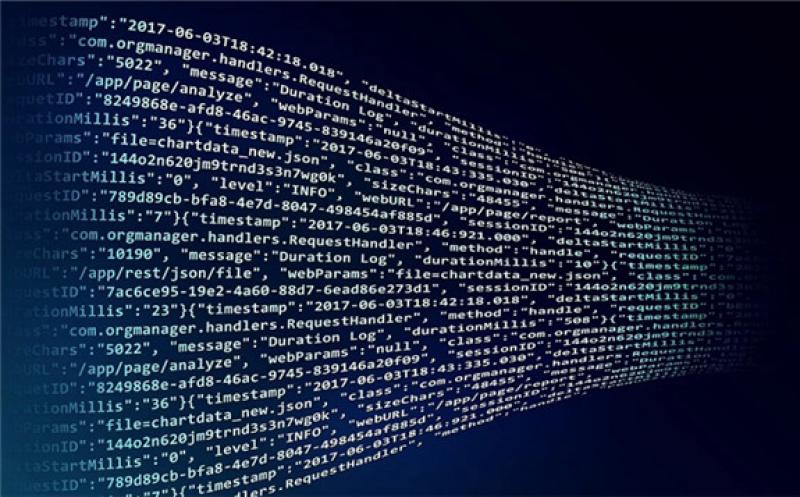
Canadian conservation authorities from the province of Ontario are working with the Insolar technology firm to test a green energy blockchain project for renewable power management.
The goal is to help to better manage and distribute renewable energy on the province’s smart grid.
The green energy blockchain project is being tested within the reach of the Sustainable Technologies Evaluation Program (STEP). It was announced at the start of this month by the Toronto and Region Conservation Authority (TRCA). The idea is to leverage Insolar’s blockchain specialty for efficient management of distributed energy resources (DERs).
This project is being tested for its potential as a part of Ontario’s long-term energy plan. That plan has reportedly identified DERs as a vital component to its policy strategy for reducing the broadening energy supply gap. The affected region is pursuing a goal to replace 30 percent of its conventional non-renewable electricity production with sustainable sources by 2035.
Insolar’s green energy blockchain platform, Assured Leger, would help manage critical data flows.
Assured Ledger, Insolar’s blockchain platform, provides transactive energy systems with secure and reliable data exchange. This is a central component of successful DER viability at scale, according to the tech firm.
Among the power sources that will play a role in the sustainable electricity generation mix include solar and wind. They have the potential for use as a supplement or even replacement to establish an energy mix with improved sustainability, assuming they are accurately coordinated at the edge of the grid. This strategy is meant to make sure they don’t stand in the way of utilities for providing energy supply with solid reliability.
For secure renewable energy source flow, management and exchange within existing electric power systems, the green energy blockchain has the potential to act as a core infrastructure component, explained Gil Amdurski, STEP technical coordinator.